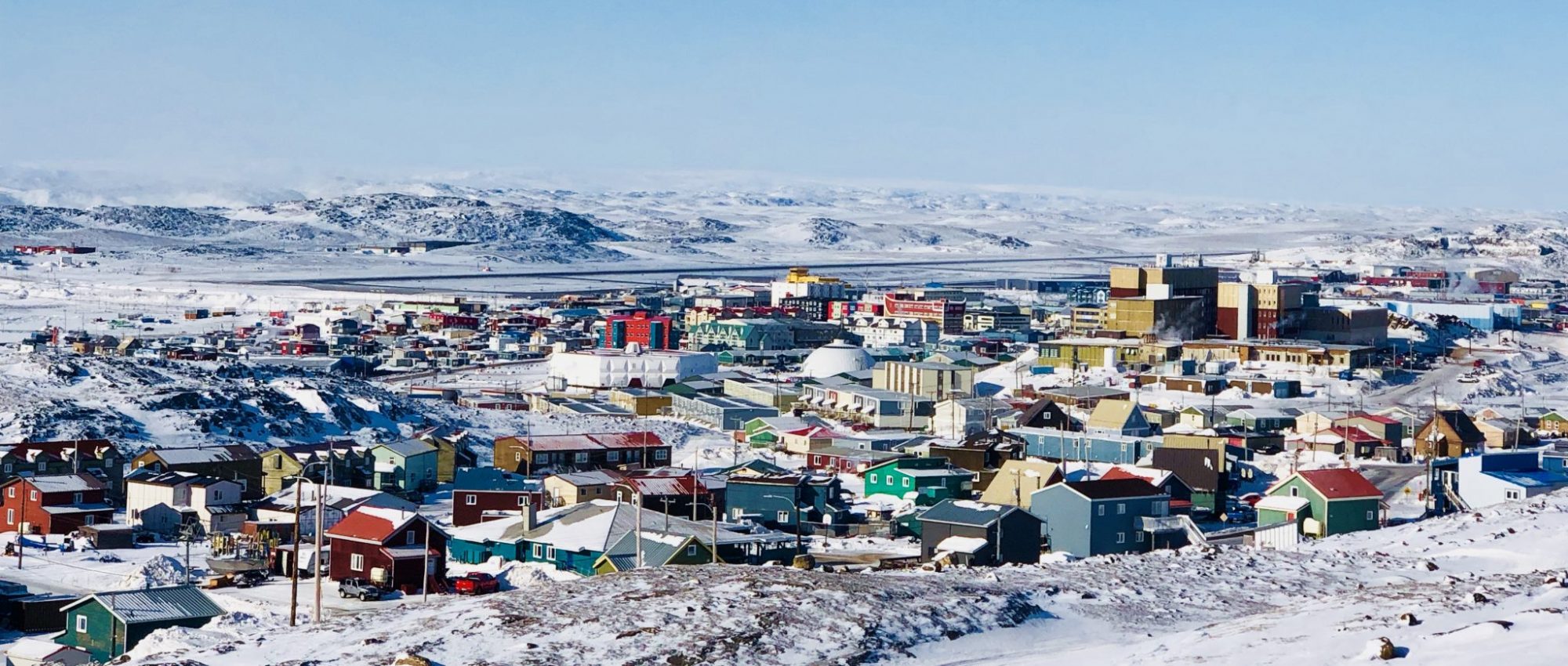The Arctic Region
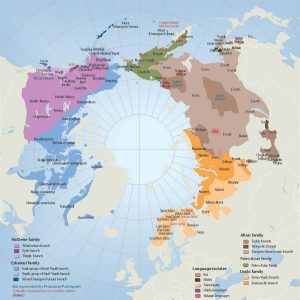
The Arctic exists in our imagination as a pristine, uninhabited wilderness that covers the Northern Hemisphere. We tend to envision massive ice sheets, polar bears, and the Northern Lights.
Yet, contrary to our imagination, the Arctic has been inhabited for over the last 10,000 years by Indigenous communities. There are over 40 different Indigenous groups that live in the region, each with a different language, culture, and history. These Indigenous communities have an important connection to their land and often depend on traditional hunting and fishing practices for their food.
Their homes, communities, and way of life are currently being threatened by climate change. With the Arctic warming 2-3 times faster than the rest of the Earth, these Indigenous communities are feeling the worst effects of global warming. And it is impacting their very way of life. But exactly how is this happening?
Challenges
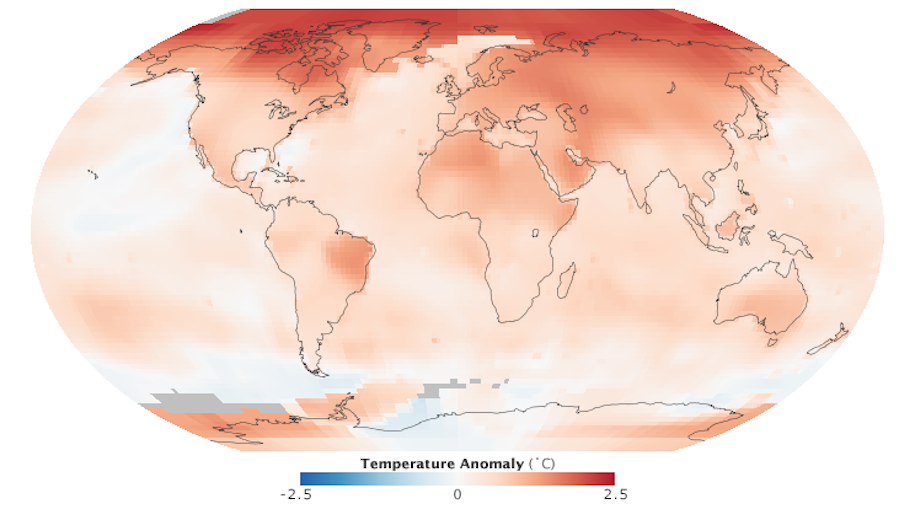
One of the largest overarching problems that threatens the very existence of Indigenous communities is climate forced relocation. Over the last 40 years, the extent of summer sea ice has declined 40 percent, leaving the shoreline vulnerable to summer and autumn storms. This is important because sea ice near the shore normally serves as a protective barrier. Without it, coastal communities are losing land. The erosion of shorelines and riverbanks is currently threatening the livelihood of 86 percent of Alaskan
Moreover, thawing permafrost can actually compound this issue. Since permafrost is a frozen soil, it serves as a cement that holds the shoreline intact. Because it is now thawing, the shoreline is more easily erodible. In addition, permafrost thaw will have serious impacts on infrastructure, like water and sewage systems.

When put together, these factors are threatening the livelihood of 86 percent of Alaskan Native Villages, or roughly 184 villages. Each of these villages is also suffering from food insecurity, as climate change is affecting wildlife abundance and distribution.
Take the Aleutian Islands for example, where 11 percent of Aleutian Island residents are food insecure. These communities are reliant on traditional subsistence farming and hunting to provide their food. Yet, climate change is altering the migratory patterns of many important animals, like polar bears and seals, making it harder to hunt. In addition, warming temperatures are killing important plants and bringing in invasive ones.
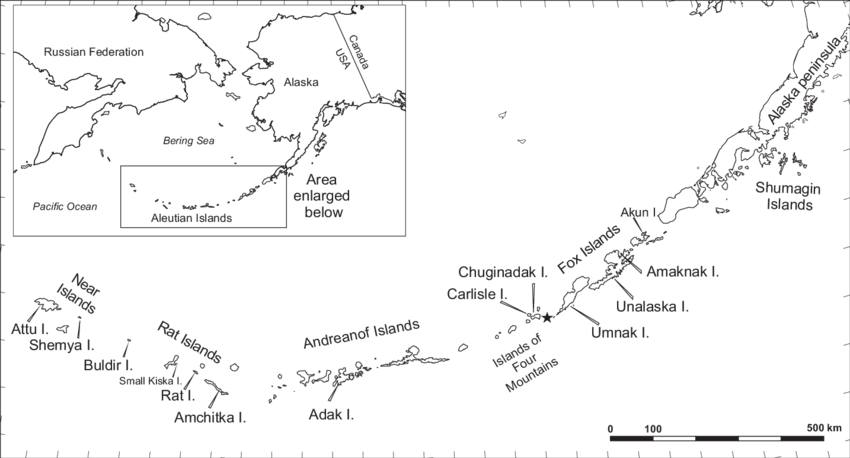
This is also true in Nunavut, the largest territory in Canada, that is home to the Inuit people. Just like in the Aleutian Islands, climate change is having a drastic impact on food sources. Thinner sea ice, unpredictable weather, and warming temperatures are making it riskier to hunt on ice, requiring hunters to travel farther to hunt.
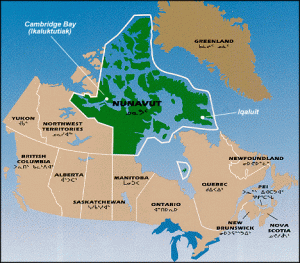
All of this is forcing Indigenous communities to rely on non-perishable foods from grocery stores. Yet, store bought food is expensive, as most of it is supplied from out of state. Moreover, it is dangerous to be dependent on out of state food as it is often unreliable. Not to mention the fact that it requires abandoning a way of life that has existed for thousands of years.
Nunavut also offers an important example of how Indigenous communities often faced with shortages in housing. Iqaluit, the capital of Nunavut, is remote, often inaccessible by road and ship for most of the year. The current housing shortage is driven by this inaccessibility, with construction cost being 3 times greater than other parts of Canada due to its remoteness. To make matters worse, climate change is currently threatening over $1b worth of infrastructure. The inaccessibility of these communities brings our attention back to relocation. Since many of these communities live in remote locations, it is often hard for them to obtain materials needed to build new villages.
As we have seen, climate change is affecting Indigenous communities in the Arctic and threatening their traditional way of life. In order to learn more about each respective issue, please visit their individual pages.
